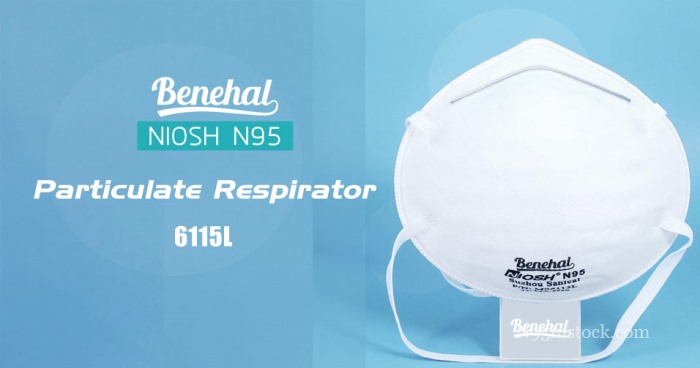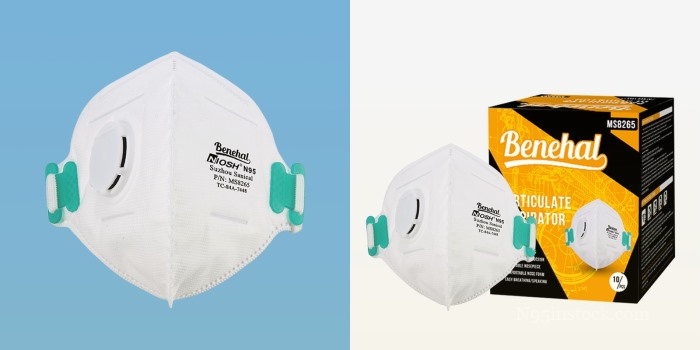There are three categories of FFP masks based on their effectiveness (estimated based on filter efficiency and face leakage). FFP2 and N95 face masks are not exactly the same, but studies show that there is no significant difference between their effectiveness. FFP2 face masks are equivalent to N95 face masks that comply with World Health Organization guidelines for protection against Covid-19. FFP2 face masks must protect both the wearer and those around them.
Therefore, the masks shown above, together with all other protective clothing, are used, for example, in quarantine stations where already infected patients are being treated. Wearing masks by asymptomatic wearers, when used correctly, significantly reduces virus transmission, significantly protecting the wearer’s environment. Wearing this type of mask is more limited (thermal discomfort, breathing resistance) than wearing a surgical mask. Surgical masks and the like are often considered ineffective.
High risk of infection without mouth and nose protection, effective protection by medical masks or FFP2. Close-fitting FFP2 and KN95 masks are particularly good when masks are properly worn by both infected and uninfected individuals. While Surgical tightly covers the face, FFP2, FFP3 and KN95/N95 masks not only protect against droplet infection, but also provide a high level of aerosol protection.
Surgical masks and FFP2, FFP3 and KN95/N95 grade masks offer a higher level of infection protection than regular public masks, especially in situations where spacing rules cannot always be respected and more people are gathered together for a longer period of time. . Comprehensive research confirms that FFP2 or KN95 masks are particularly effective at filtering infectious particles from the air you breathe, especially when they fit as closely as possible to your face.
N95, KN95 and FFP2 masks have the same effectiveness against airborne particles. The FFP1, FFP2 and FFP3 masks are three classes of masks classified according to the European standard EN 149 for testing and labeling requirements for air filtration masks. The FFP2 and FFP3 facepieces are European grade respirators tested in the inspiratory direction (from outside to inward) for face leakage and filtration efficiency.
While standard medical masks filter only three micrometers of droplets, FFP2 respirator masks filter particulate matter down to 0.075 micrometers. FFP2 breathing masks are then tested to see what percentage of these small particles can pass, and if FFP2 certified, only six percent or less can.
Class FFP1 masks protect against the smallest particles of dust and aerosols, and when these masks can filter particles as small as 0.11 microns (the particle size of the COVID-19 coronavirus), they provide effective protection against the coronavirus. If you want to protect yourself from COVID-19, choose COVID-19, FFP3, or FFP2 grade masks (be aware that only some masks in this grade can filter coronavirus-sized particles).
For more information about FFP2 or FFP3 masks, welcome to visit ffp3ffp2.com






